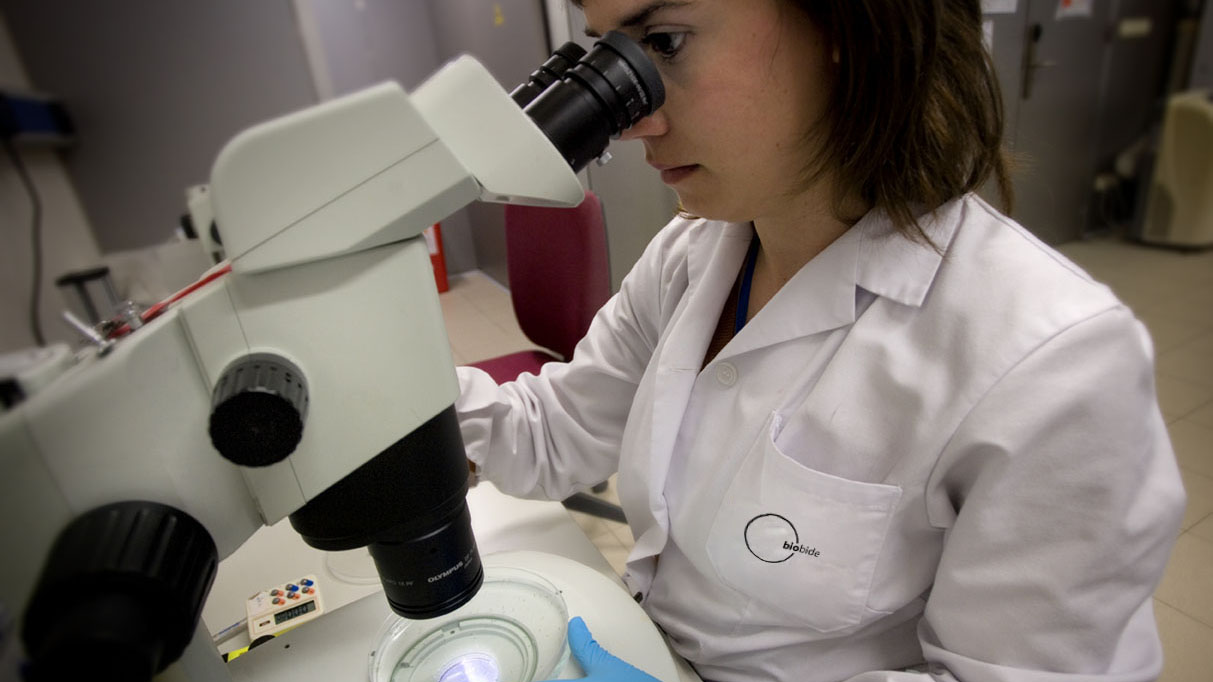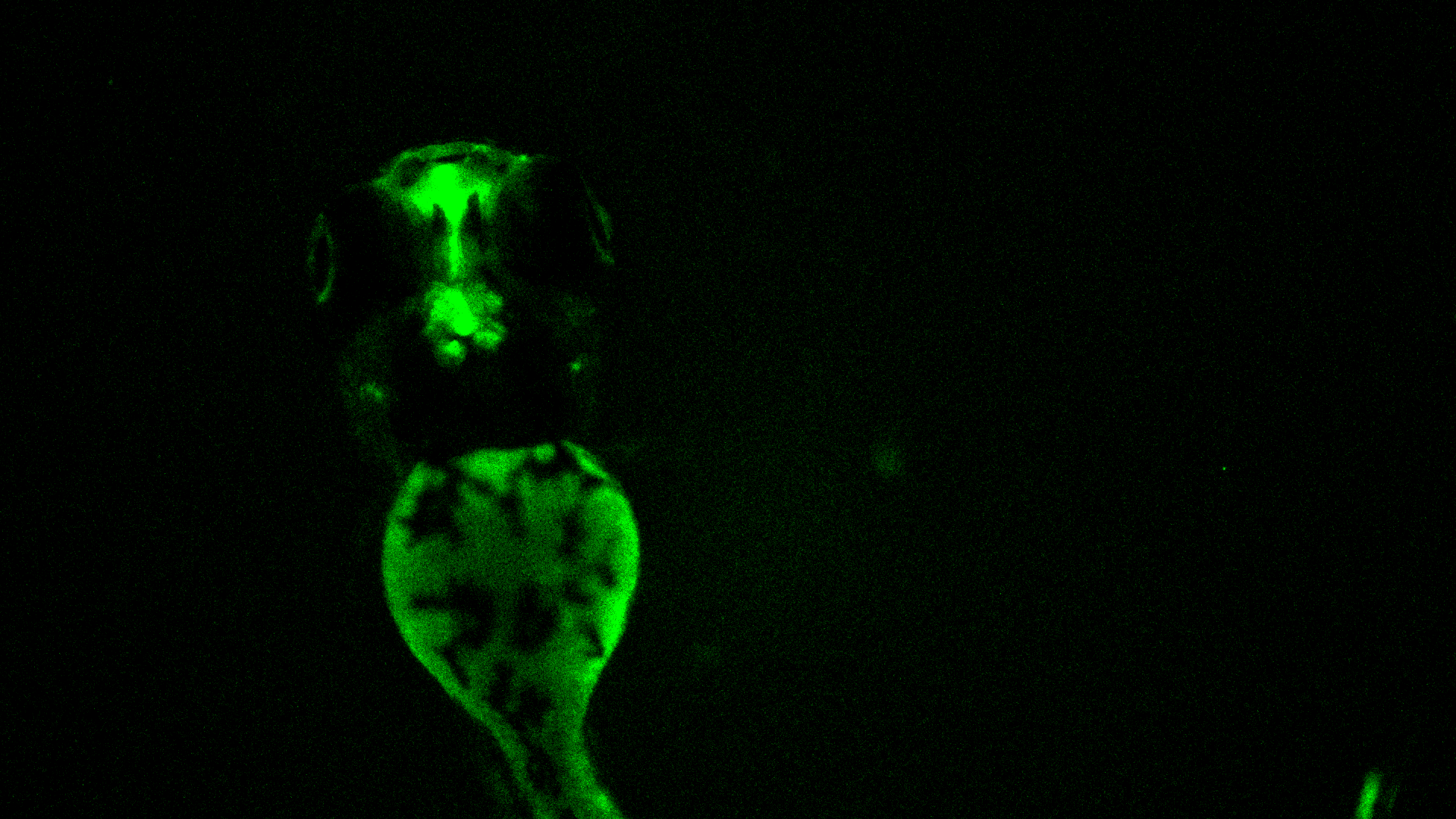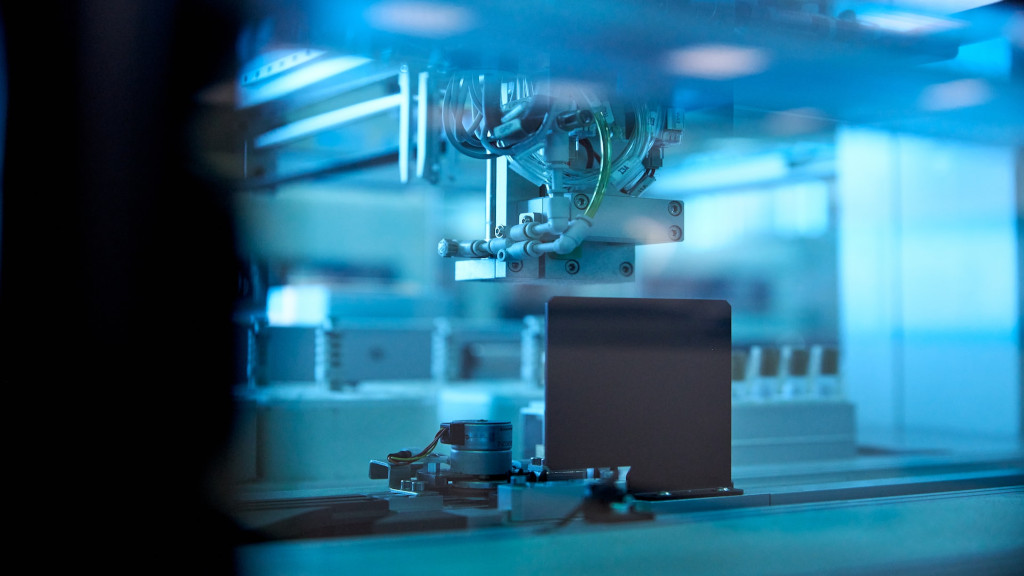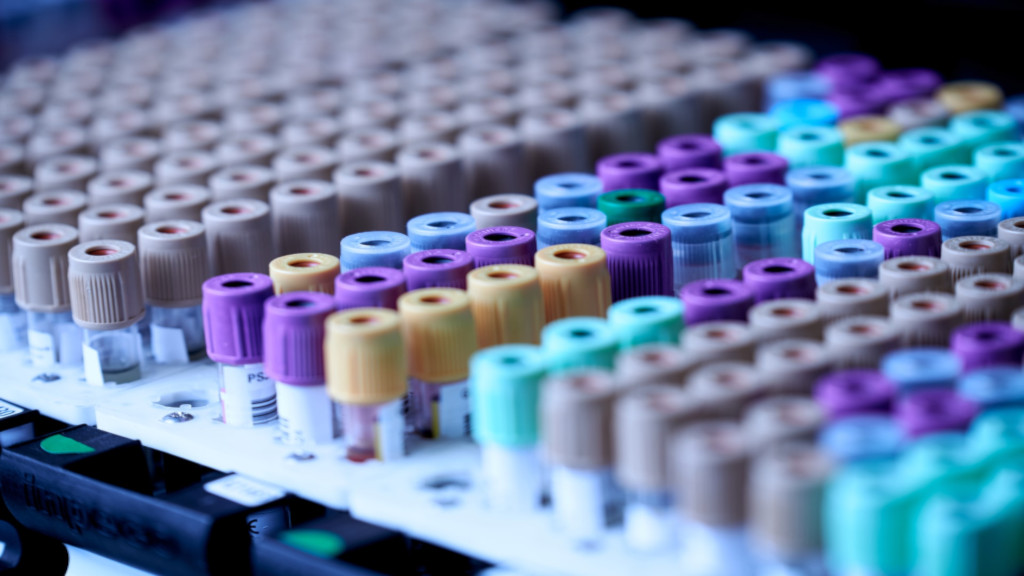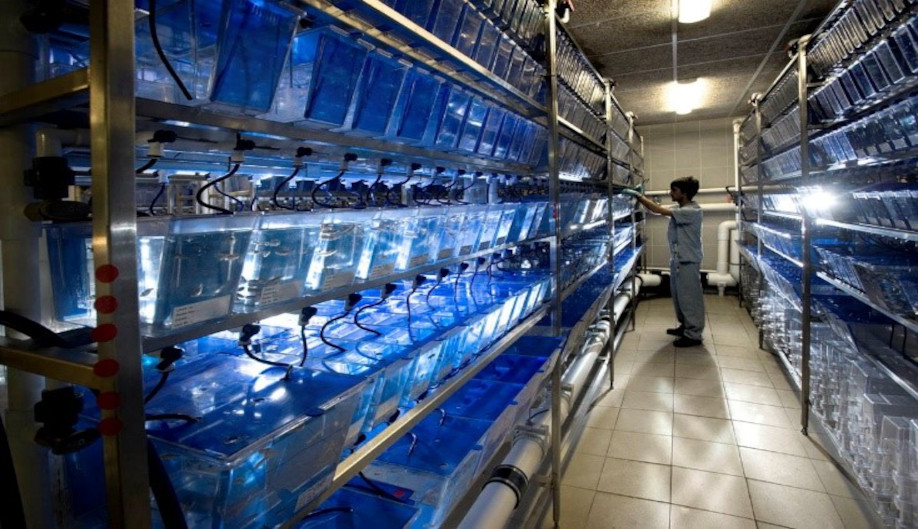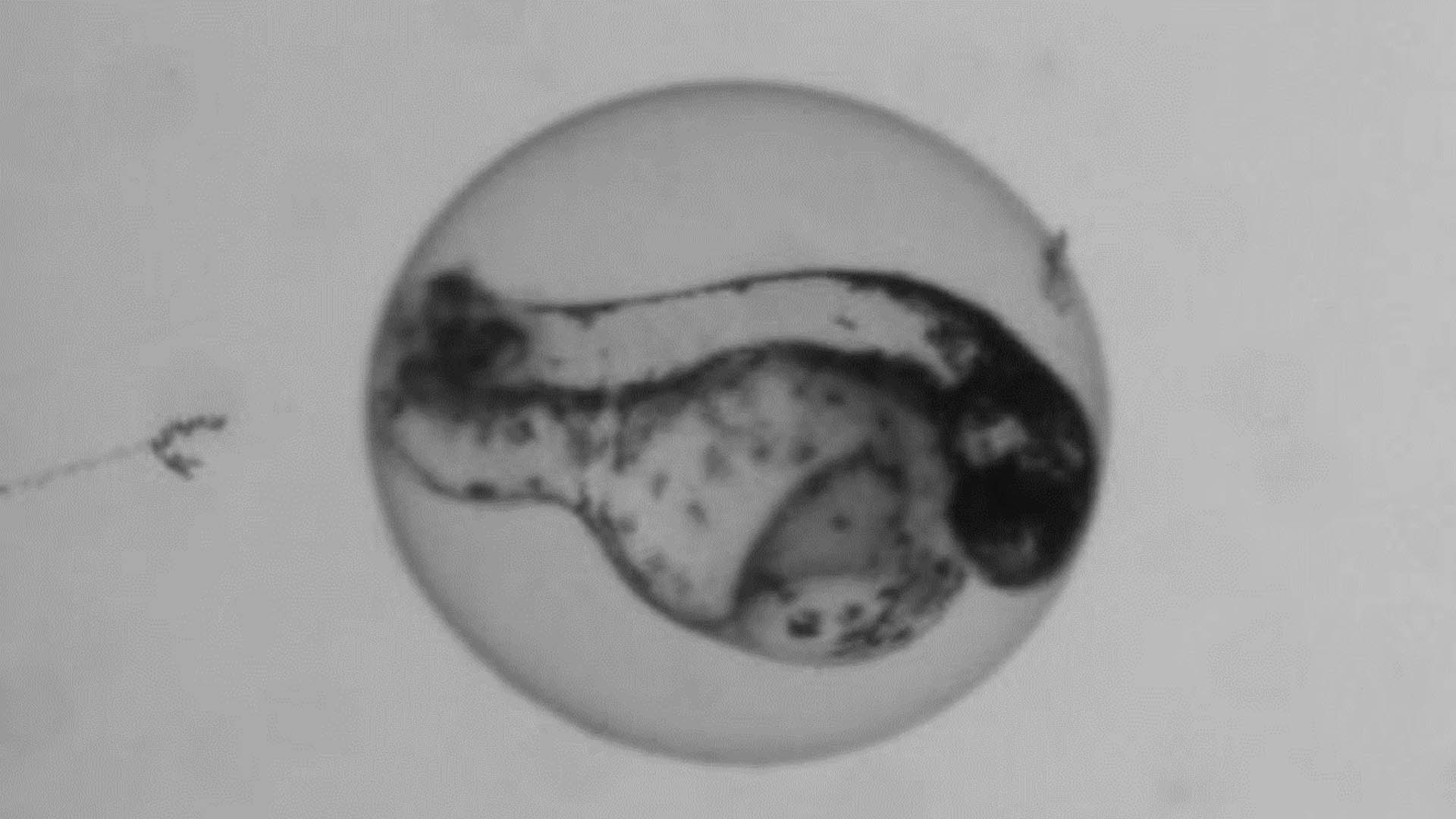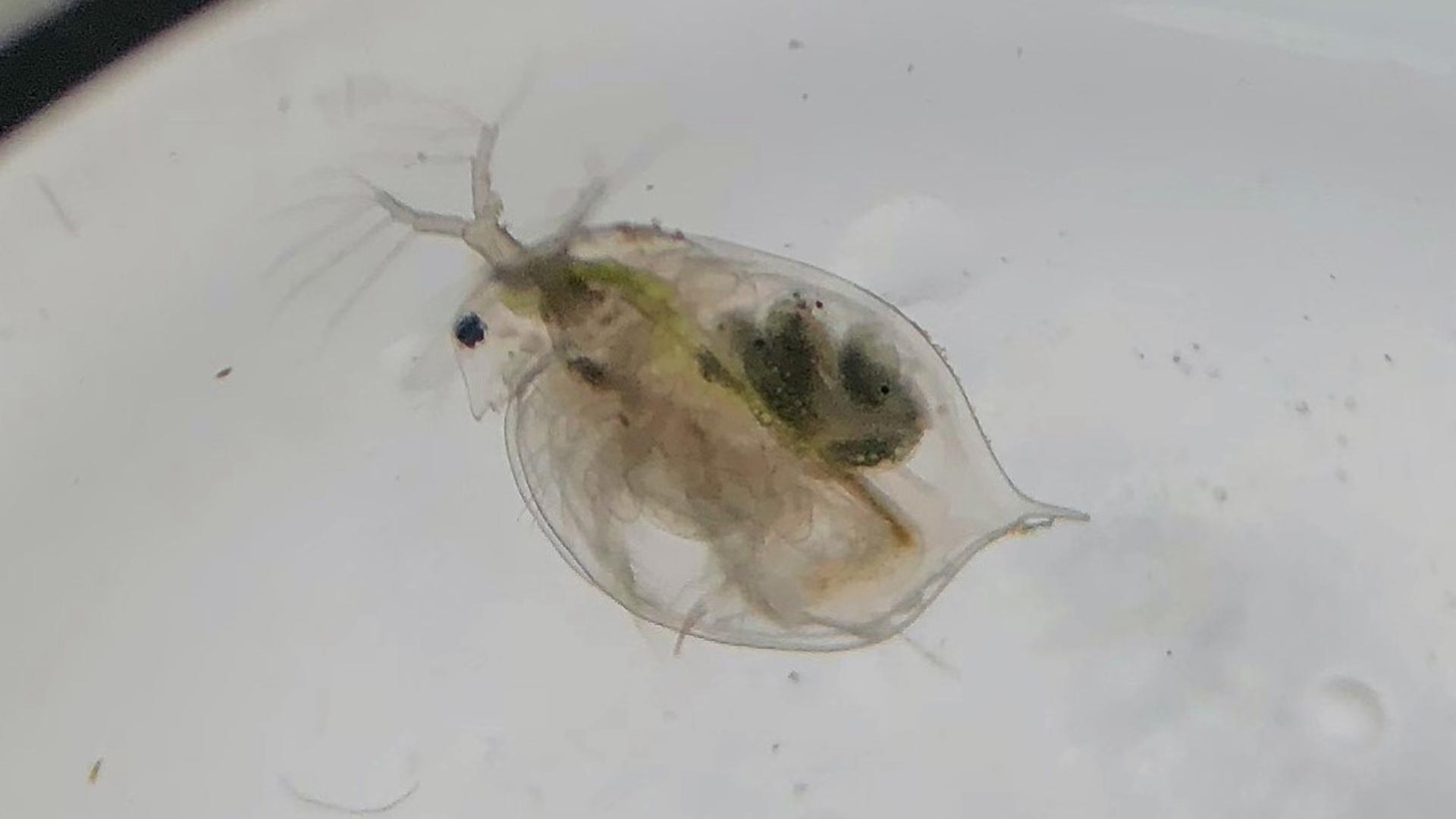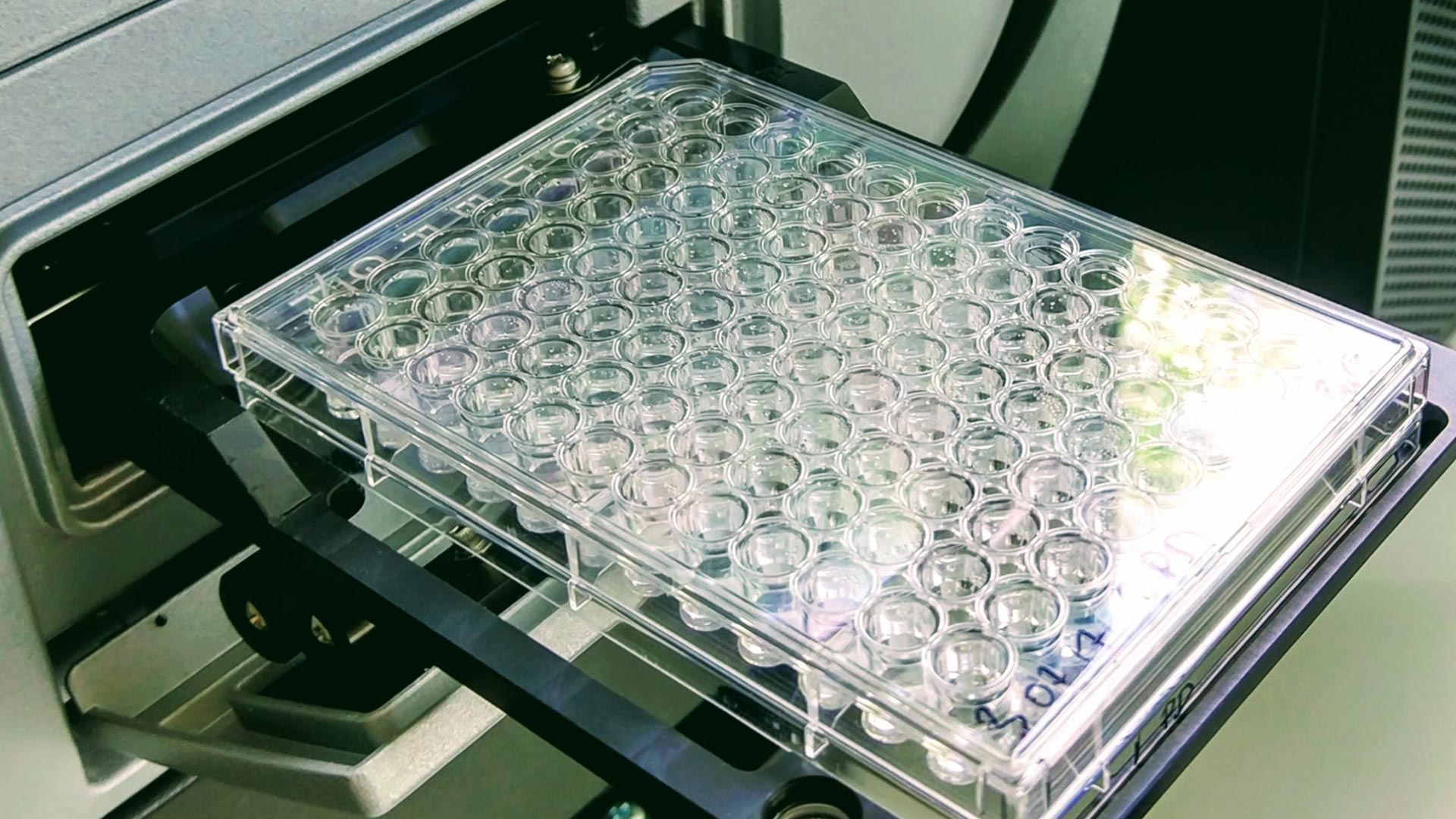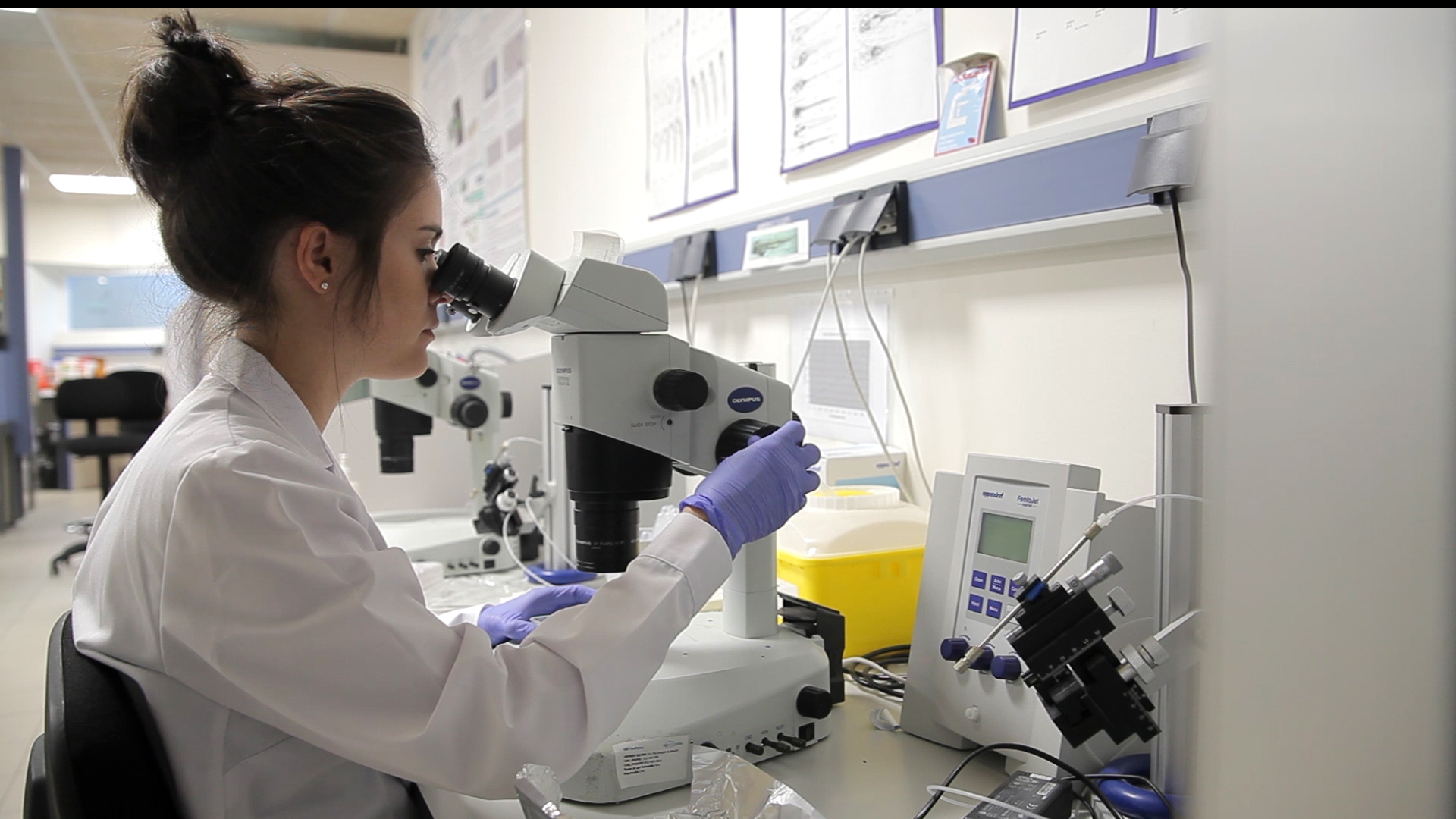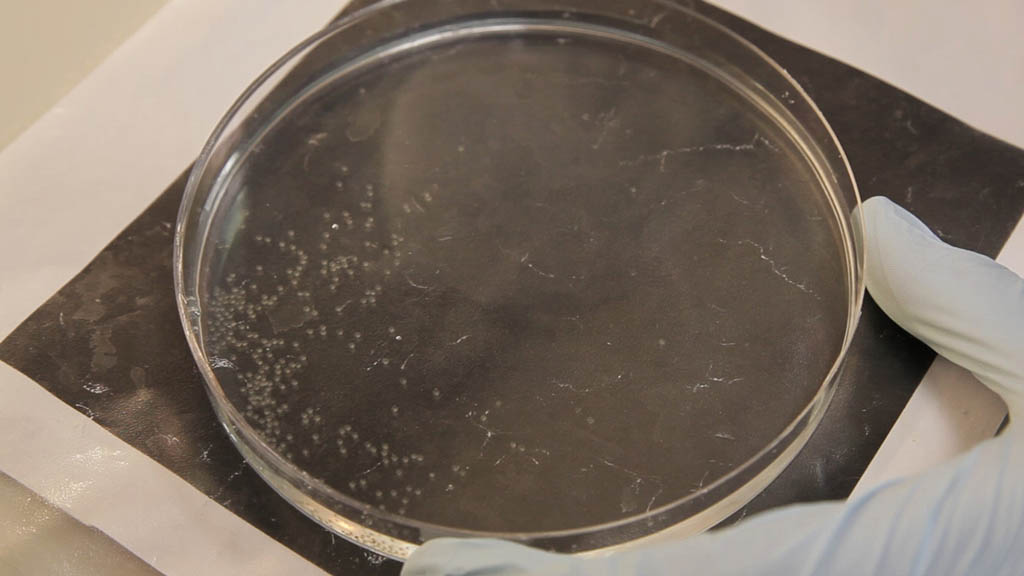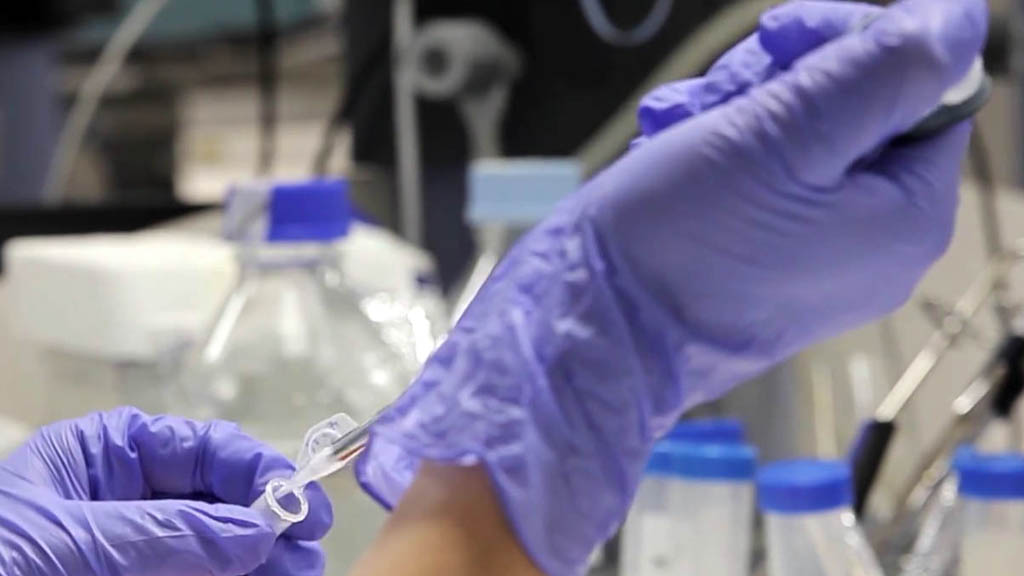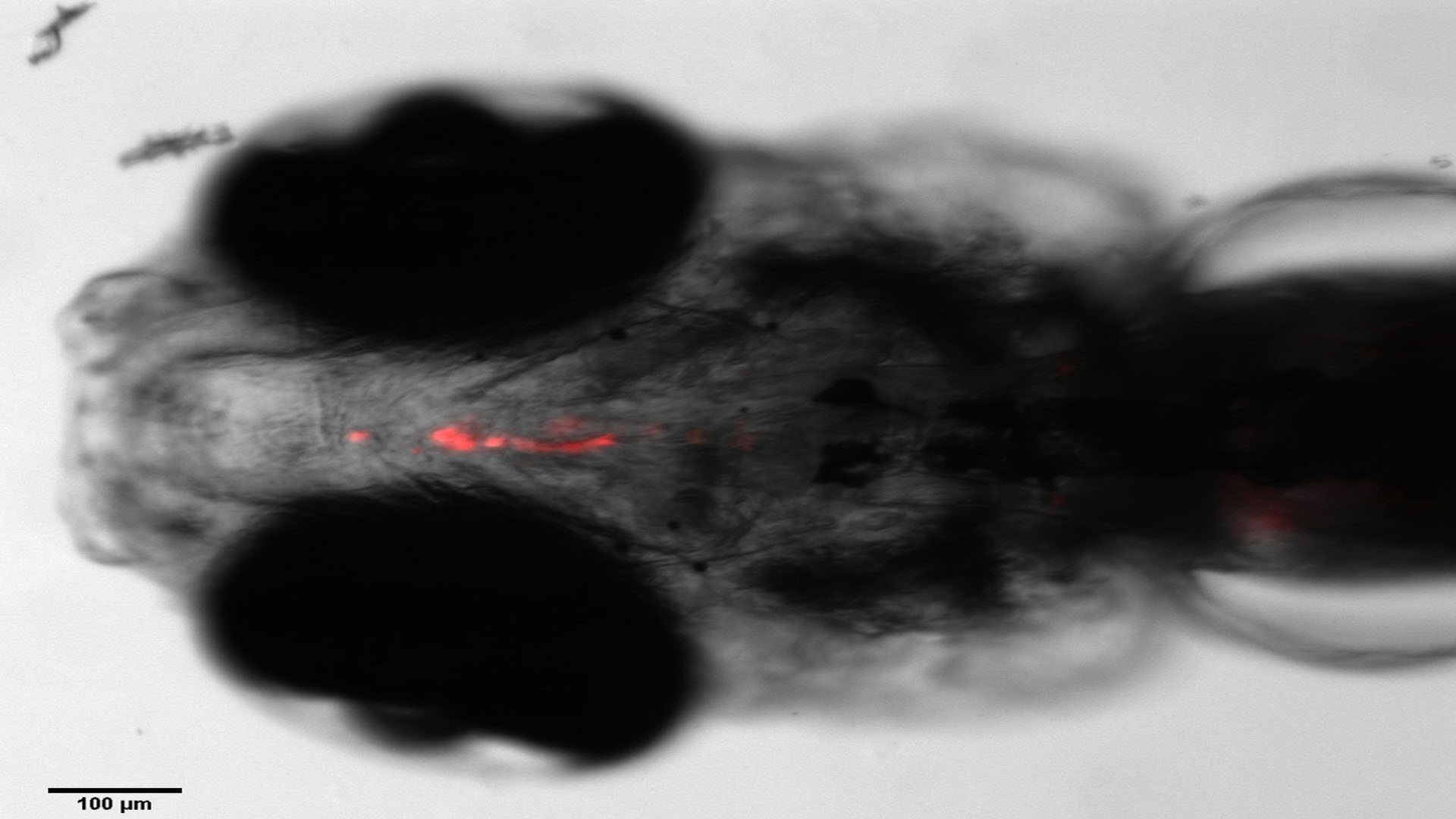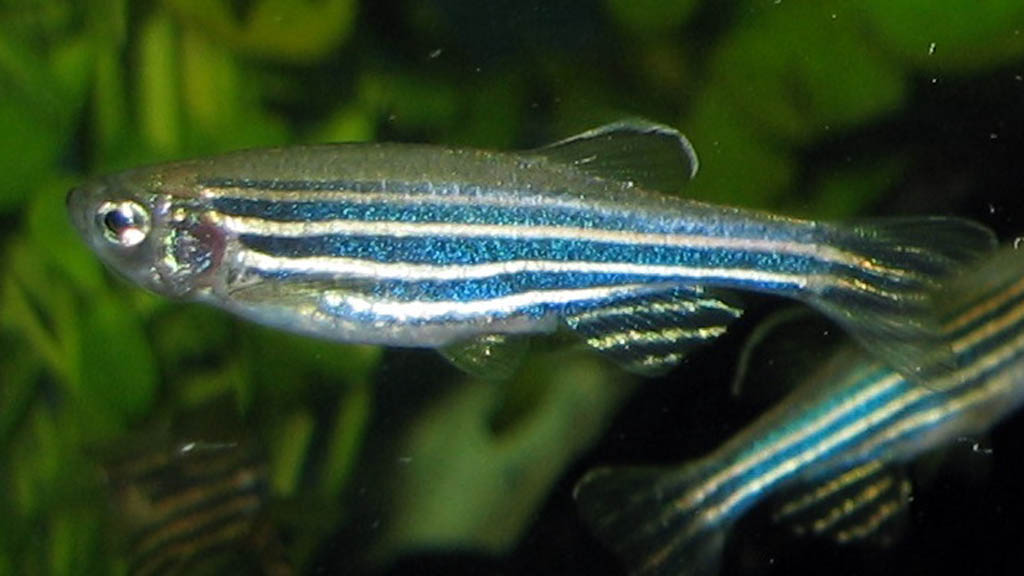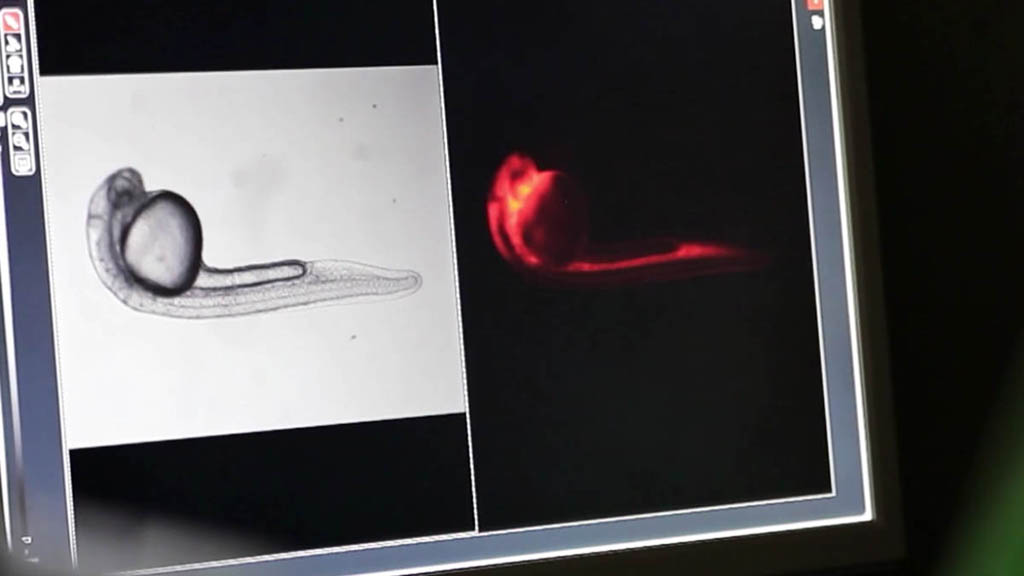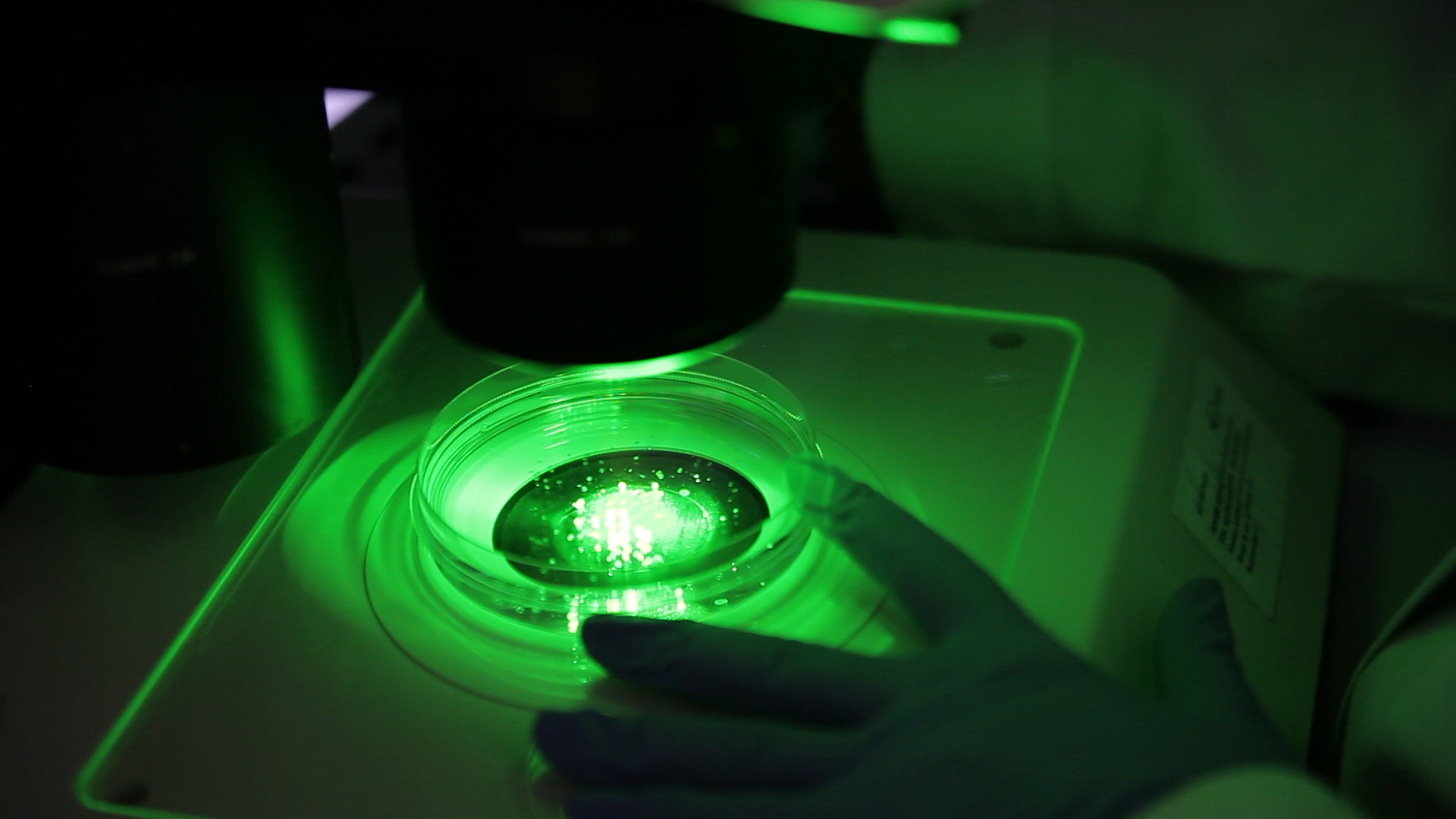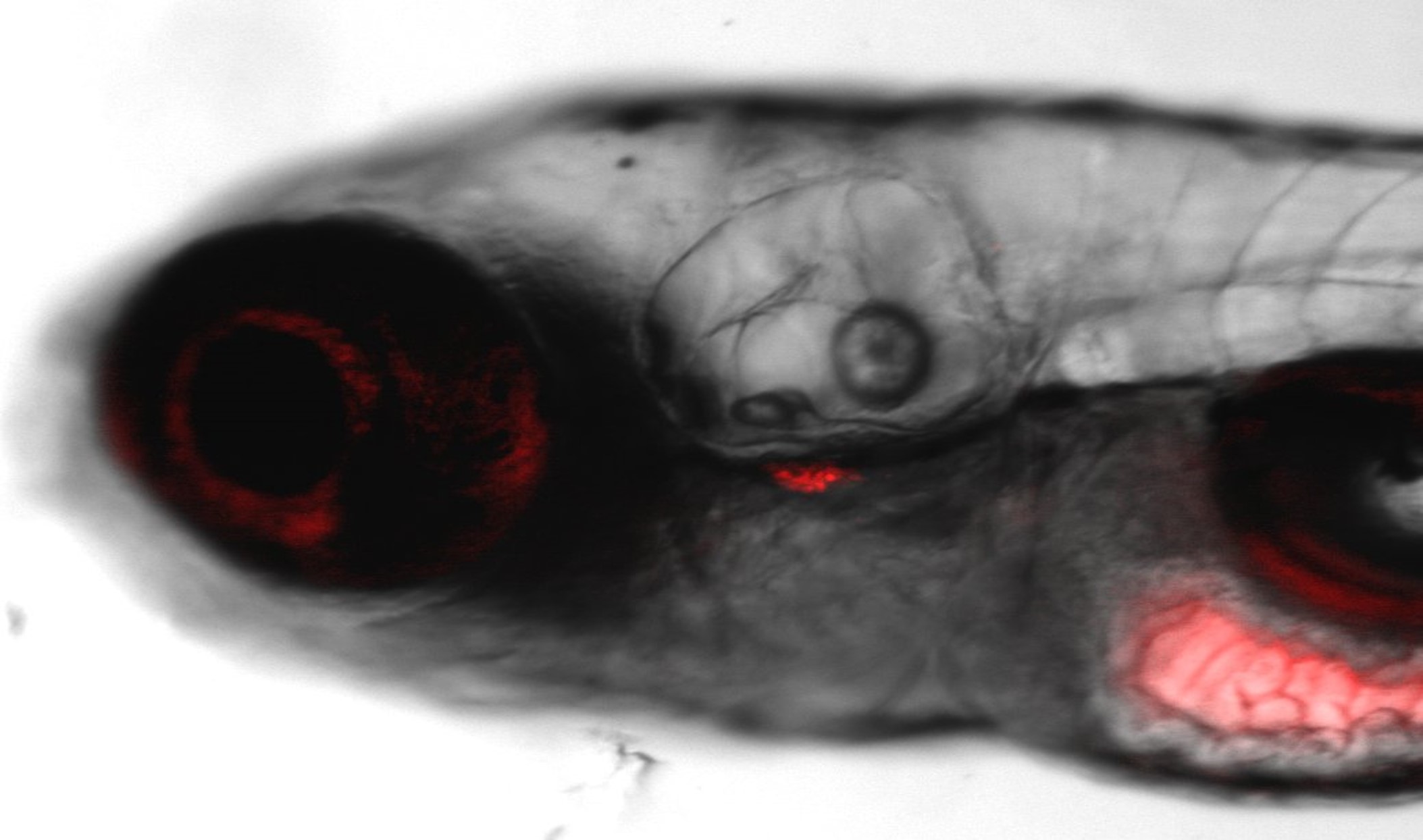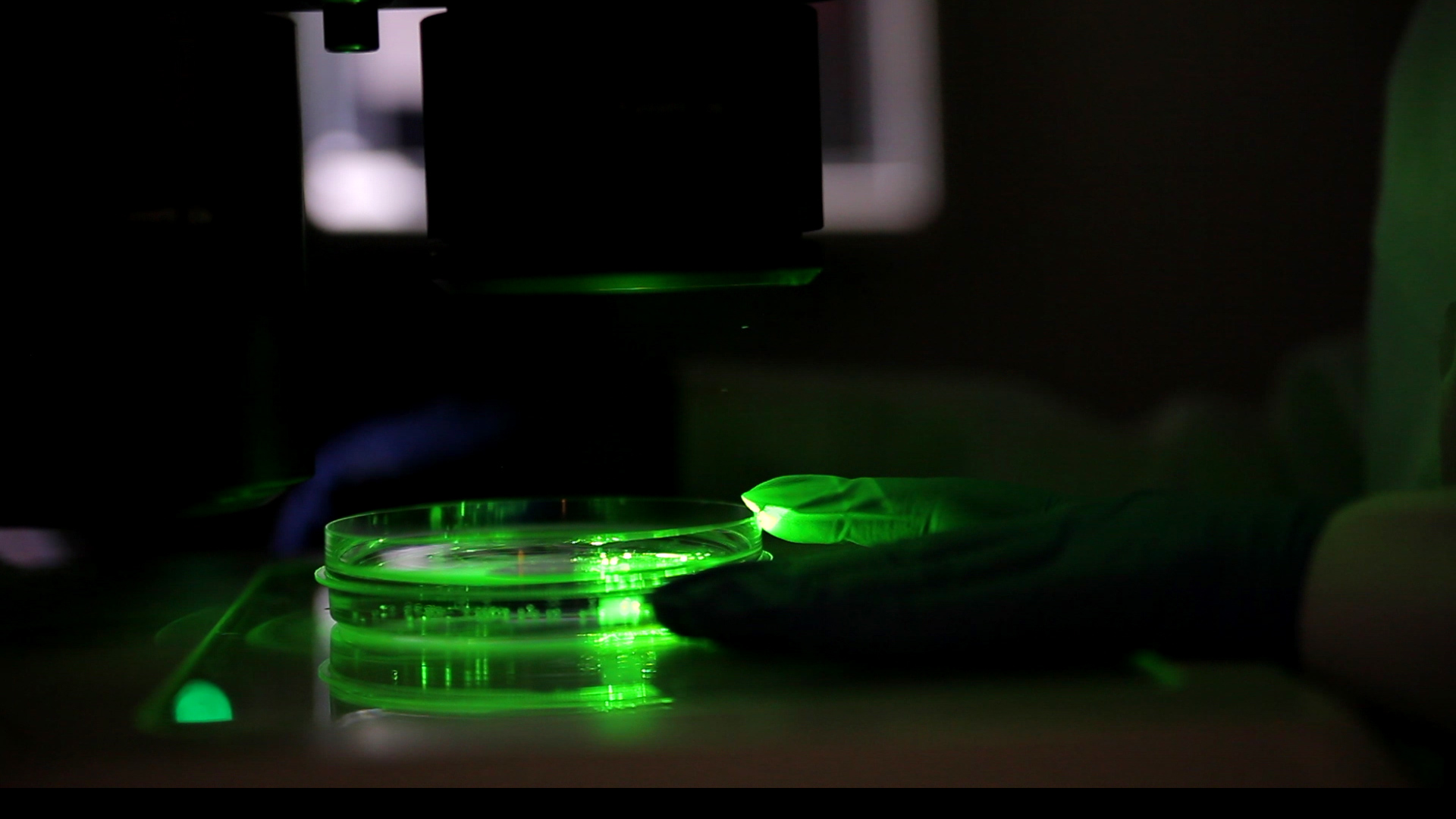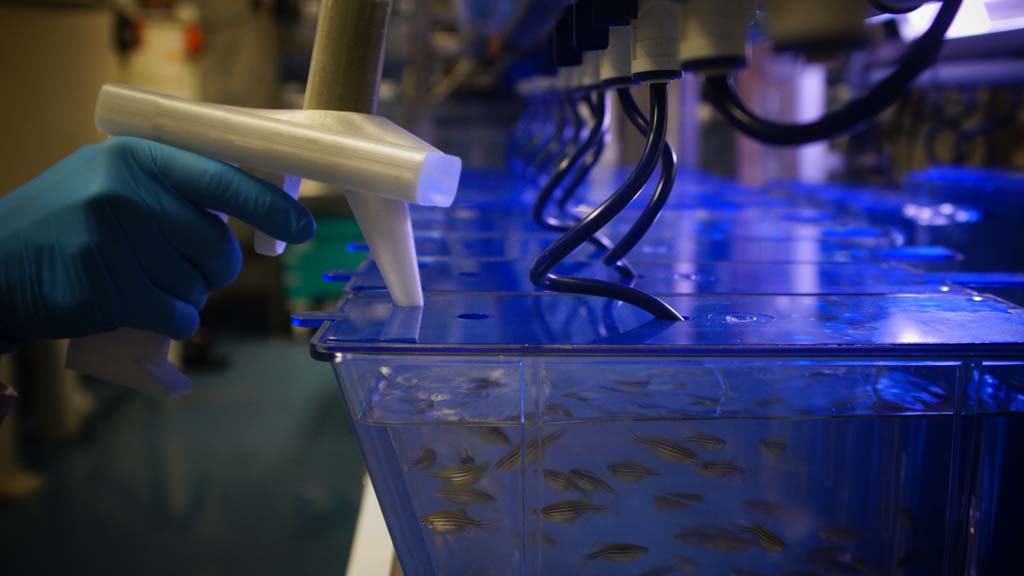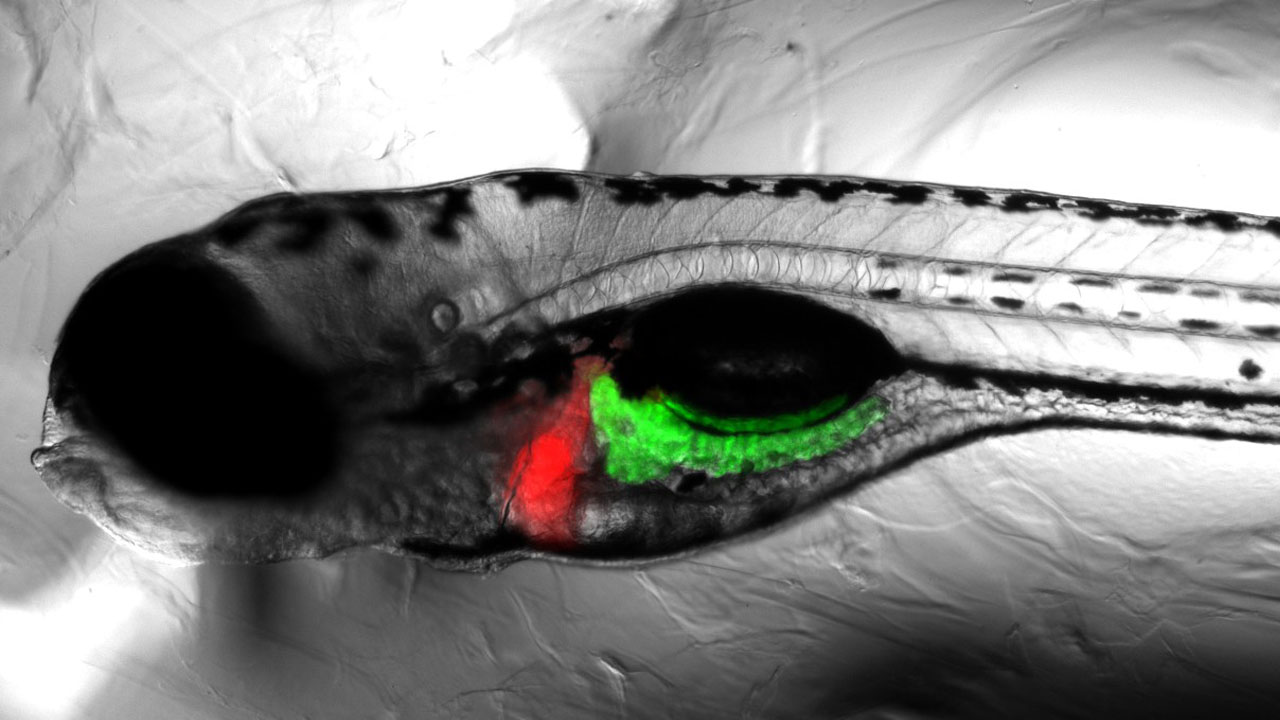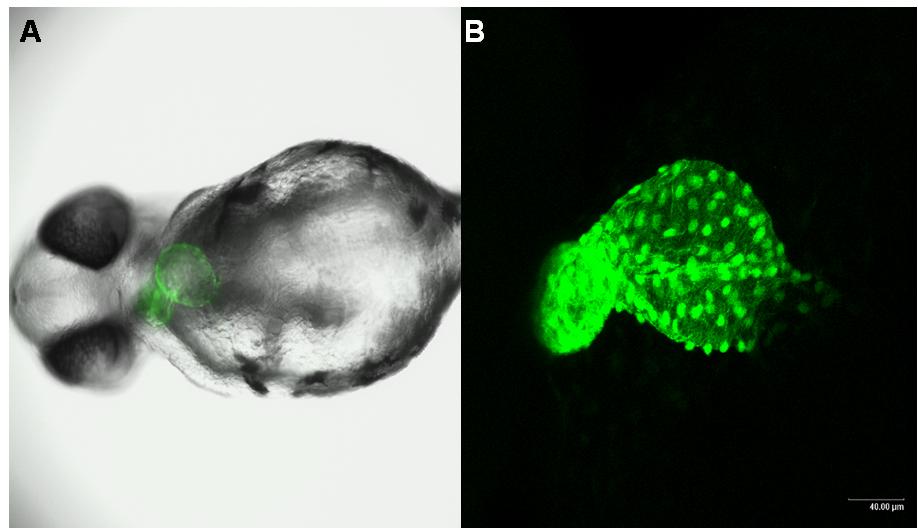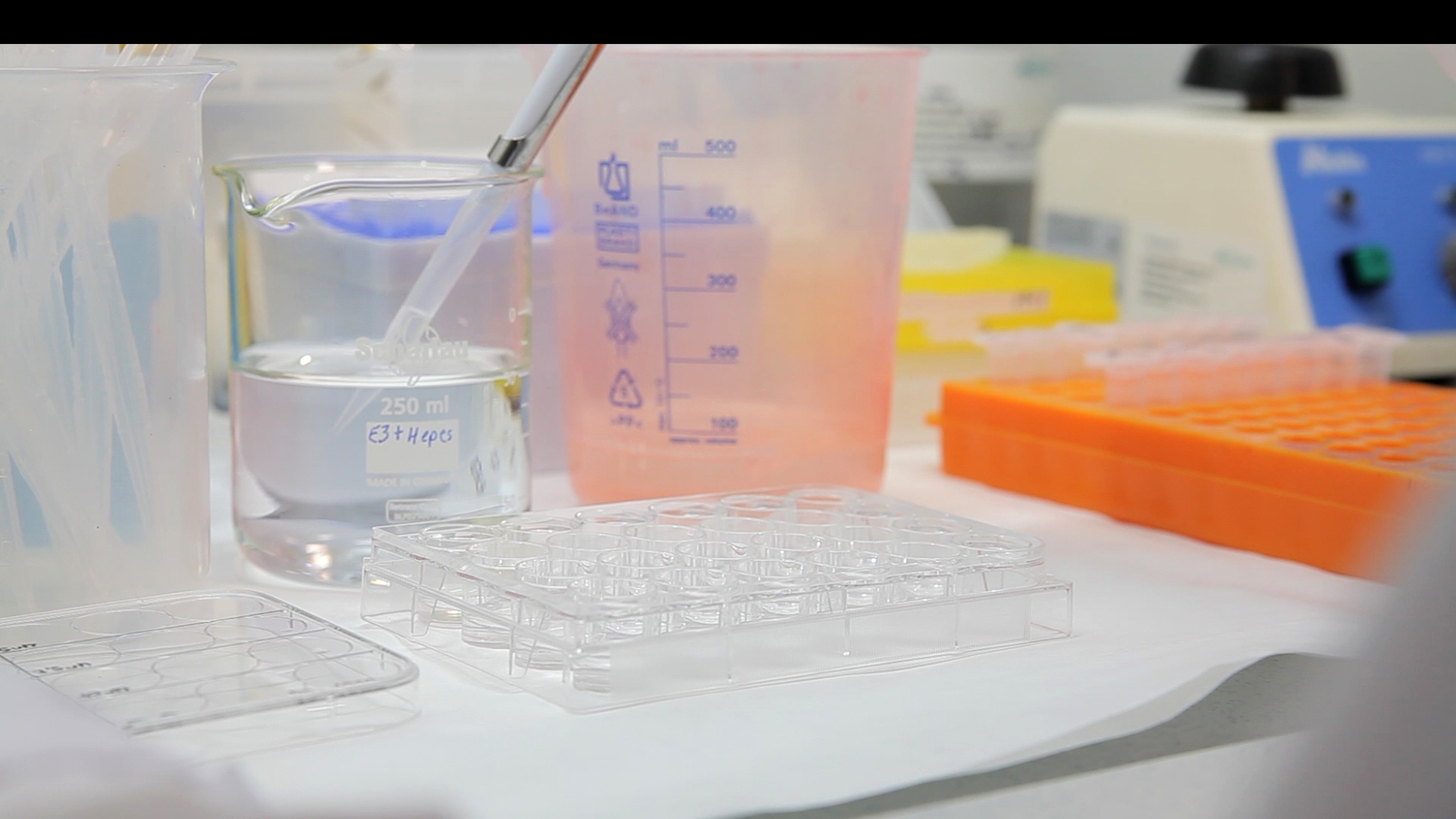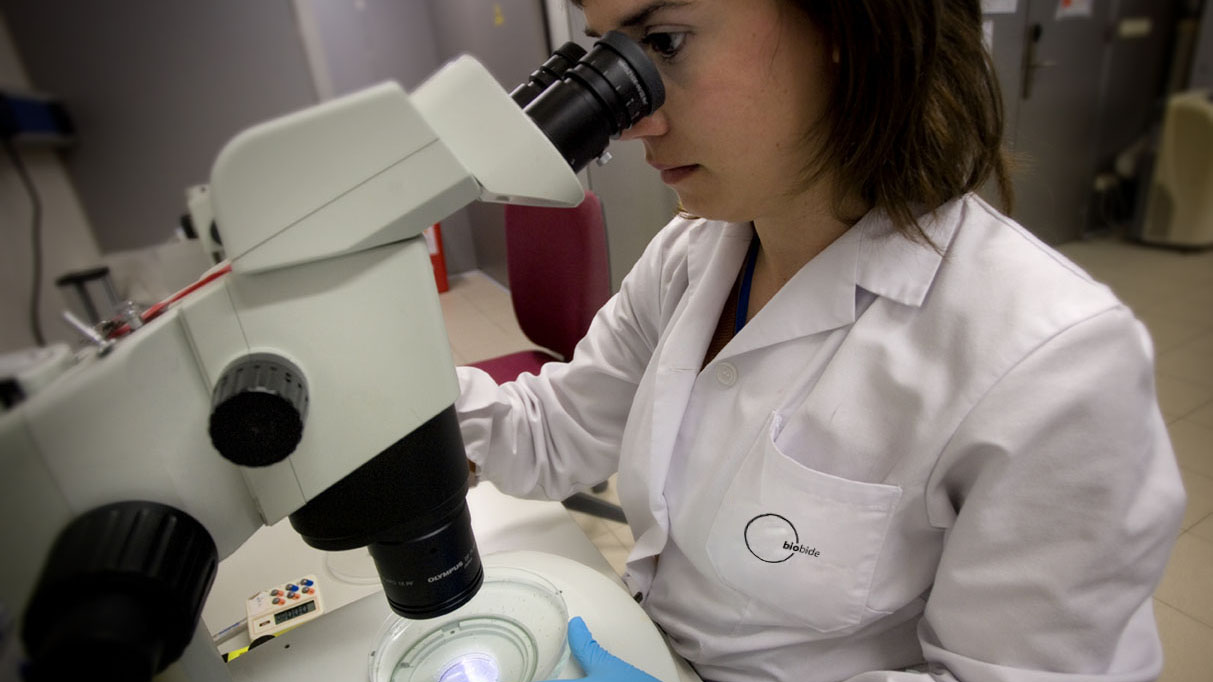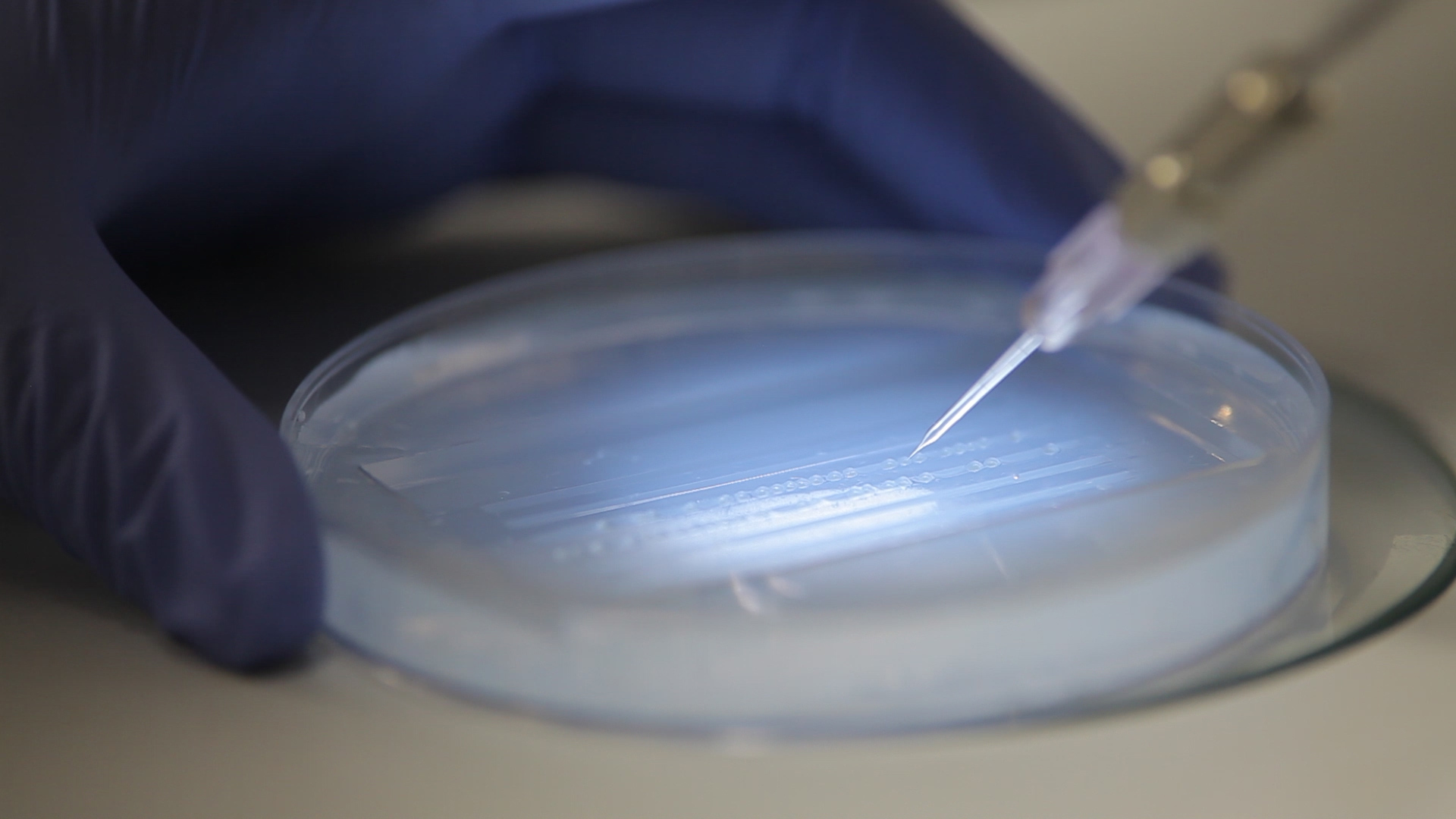Acutetox Assay
The zebrafish model is gaining relevance in pre-clinical trials due to its small size, transparency, ease to manipulate and rapid development. This model has a high genetic homology with humans (over 85%) as well as important parallels in organogenesis and functional mechanisms.
Following the OECD 236 Guideline (Fish Embryo Acute Toxicity Test), a convenient, rapid and inexpensive acute toxicity test has been set up.
Wild Type embryos at 2-4 hours post-fertilization stage (hpf) are incubated with 5 concentrations of the test chemical spaced by a constant factor not exceeding 3. Retinoic acid is used as the positive control.
During 96 hours of treatment, embryos are monitored and toxicity induction is measured as presence of any of the 4 main parameters described by the FET Guideline. Subsequently, significant effects images and a concentration-effect curve are given.
Services
-
EASZY Assay: Estrogen Pathway
Ecotox-Assays / Specific-Toxicity-Assays / -
Zebrafish Sperm Cryopreservation and In Vitro Fertilization
Specific-Toxicity-Assays / -
Zebrafish Models for Amyotrophic Lateral Sclerosis
Specific-Toxicity-Assays / -
Kidney Toxicity
Specific-Toxicity-Assays / -
Sperm quality assessment
Specific-Toxicity-Assays / -
Muscle toxicity
Specific-Toxicity-Assays / -
Acutetox Assay - Ecotox
Ecotox-Assays / -
Daphnia Immobilization
Ecotox-Assays / -
Microplate Alga Growth Inhibition Test
Ecotox-Assays / -
Antioxidation Assay
Efficacy-Assays / -
Regeneration Assay
Efficacy-Assays / -
Melanin Quantification Assay
Efficacy-Assays / -
Thyroid Disruption Assay
Ecotox-Assays / -
Neurodegenerative and Rare Diseases
Efficacy-Assays / Disease-Model-Generation / -
Cancer: Angiogenesis Inhibition Assay
Efficacy-Assays / -
Multitox Assay
Specific-Toxicity-Assays / -
Immunotox Assay
Specific-Toxicity-Assays / -
Ototox Assay
Specific-Toxicity-Assays / -
Neurotox Assay
Specific-Toxicity-Assays / -
Hepatotox Assay
Specific-Toxicity-Assays / -
Cardiotox Assay
Specific-Toxicity-Assays / -
Teratotox Assay
General-Toxicity-Assays / -
Acutetox Assay
General-Toxicity-Assays / -
Disease Model Generation
Disease-Model-Generation / -
Target validation
Target-Validation /


